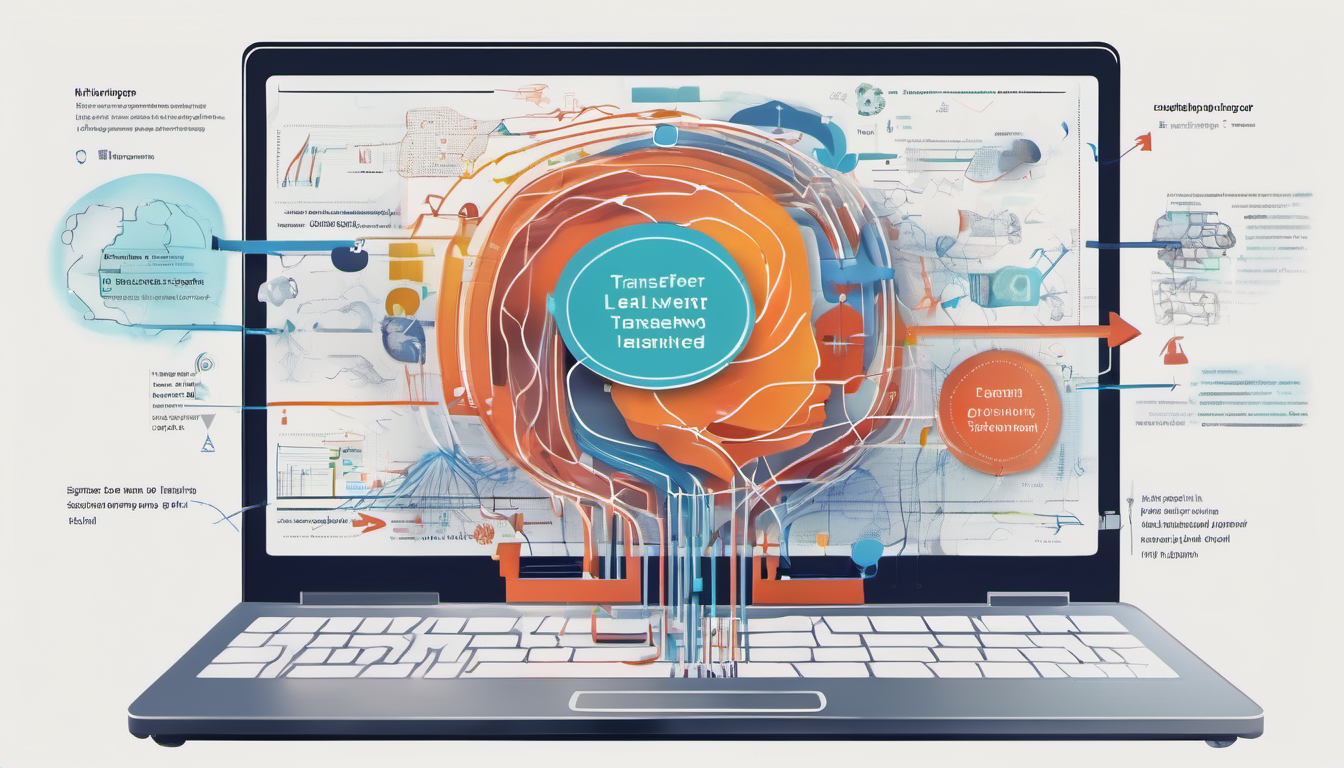Unleashing the Power of Transfer Learning in Deep Learning
Transfer learning, a cornerstone of modern deep learning, has revolutionized the field by enabling models to leverage knowledge from one task or domain to enhance performance on another, circumventing the need for massive amounts of labeled data and extensive training times. Here’s a comprehensive exploration of the significance, mechanics, and applications of transfer learning:
Why Transfer Learning?
Data Efficiency: Deep learning models are notorious for their insatiable appetite for labeled data. Transfer learning alleviates this hunger by allowing models to extract valuable insights from a pre-trained convolutional base, significantly reducing the labeled data required for training.
Time Savings: Training deep learning models from scratch can be a time-consuming endeavor. By reusing pre-trained convolutional layers and only fine-tuning the dense layers for specific tasks, transfer learning accelerates model development and deployment.
How Transfer Learning Works:
Feature Extraction: Transfer learning involves retaining the convolutional base of a pre-trained model, which captures generic image features, and replacing the dense layers with task-specific classifiers. This approach is ideal when the target task shares similarities with the source data, enabling the model to leverage primitive features common across tasks.
Fine-Tuning: In addition to retraining the dense layers, fine-tuning entails updating the weights of the convolutional base, typically the last or second-to-last layers. This strategy is beneficial when the target task requires learning more complex patterns and features from the data.
Types of Transfer Learning:
-
Inductive Transfer Learning: In scenarios where the target task differs from the source task, inductive transfer learning offers two pathways: labeled and unlabeled data sources, each with its own set of challenges and opportunities.
-
Multi-Task Learning: When ample labeled data is available in both the source and target domains, multi-task learning enables models to simultaneously learn from multiple related tasks, enhancing overall performance.
-
Self-Taught Learning: In cases where the source and target domains are related but distinct, self-taught learning explores the latent connections between the domains, leveraging unsupervised techniques for knowledge transfer.
-
-
Transductive Transfer Learning: In transductive transfer learning, both the source and target tasks are identical. However, the domains in which these tasks operate are distinct. This means that while the tasks themselves remain the same, the data distributions across domains differ significantly. Transductive transfer learning aims to bridge this domain gap, enabling models trained on one domain to generalize effectively to another domain with similar task objectives.
-
Unsupervised Transfer Learning: Unsupervised transfer learning tackles scenarios where the target task and the source task are different but exhibit some degree of relatedness. Similar to inductive transfer learning, the focus is on leveraging knowledge from the source task to enhance performance on the target task. However, in unsupervised transfer learning, the emphasis is on completing unsupervised tasks, such as clustering and dimension reduction, rather than relying solely on labeled data for knowledge transfer. This approach is particularly useful when labeled data for the target task is scarce or unavailable, allowing models to learn meaningful representations from the source domain and apply them effectively to the target domain without explicit supervision.
Sample Selection in Transfer Learning
Strategic Selection: Choosing relevant variables and source tasks based on the requirements of the target task is crucial. This involves considering the similarity between metrics of source variables and those of the target task.
Avoiding Bias: Care must be taken to avoid sample selection bias, where the chosen subset of data fails to represent the broader population accurately. This can lead to biased model training and suboptimal performance on new data.
Addressing Sample Selection Bias
Domain Shift: Differences in data distribution between the source and target domains can introduce bias during sample selection.
Data Skew: Overrepresentation or underrepresentation of certain classes in the selected subset can distort model predictions.
Dataset Quality: Noisy or mislabeled samples in the selected subset can affect model performance.
Sampling Strategy: Biases may arise from the method used to select samples for transfer learning.
Note and Resources:
ImageNet Competition: The ImageNet dataset has been instrumental in benchmarking transfer learning algorithms and fostering innovation in the field.
Keras Pretrained Models: Keras offers a repository of pretrained models, including popular architectures like VGG, ResNet, and Inception, providing a convenient starting point for transfer learning experiments.
In conclusion, transfer learning stands as a cornerstone of contemporary deep learning, unlocking new frontiers in efficiency, adaptability, and performance across diverse domains and applications. As research continues to push the boundaries of transfer learning methodologies and applications, the future holds immense promise for intelligent systems capable of rapid adaptation and continual learning.
